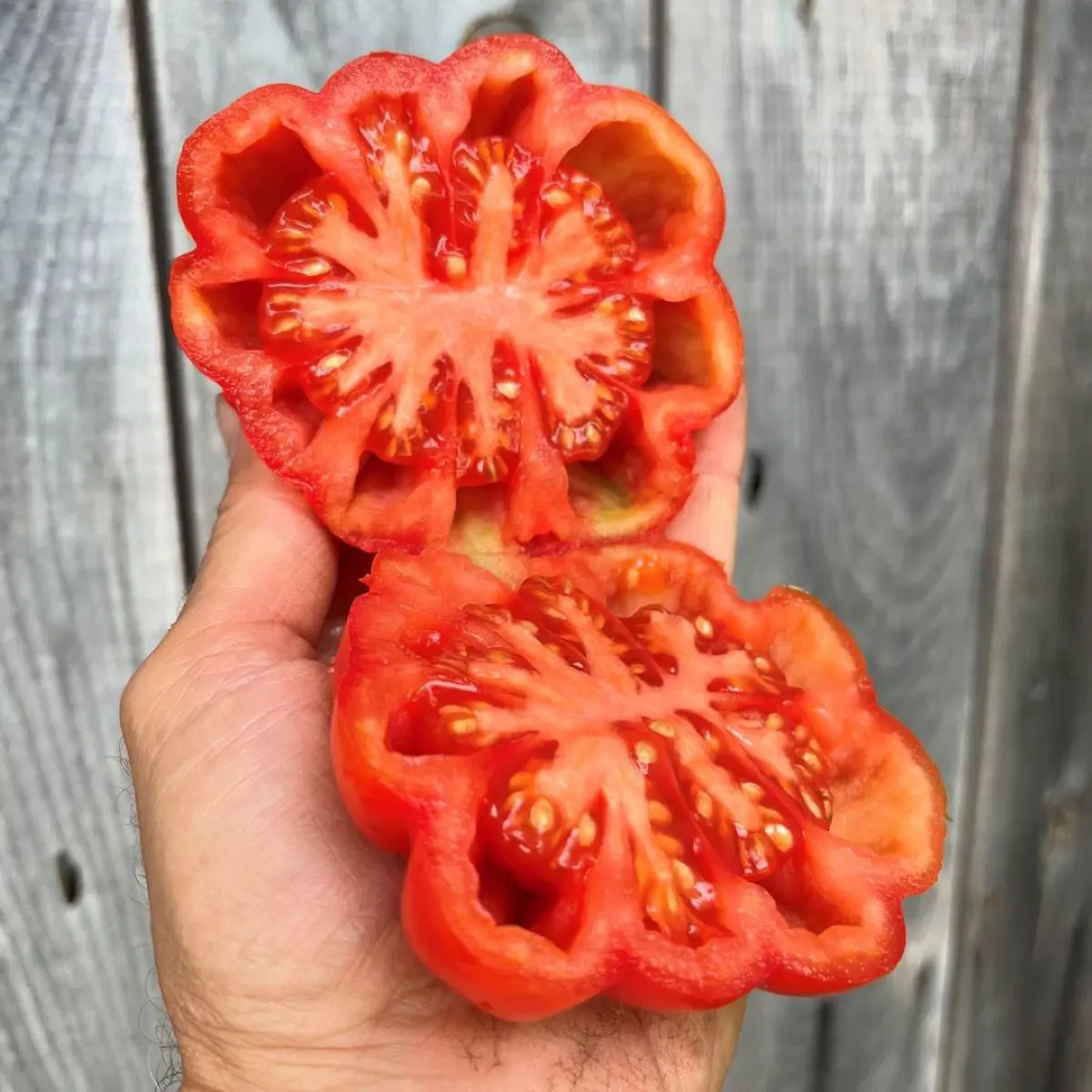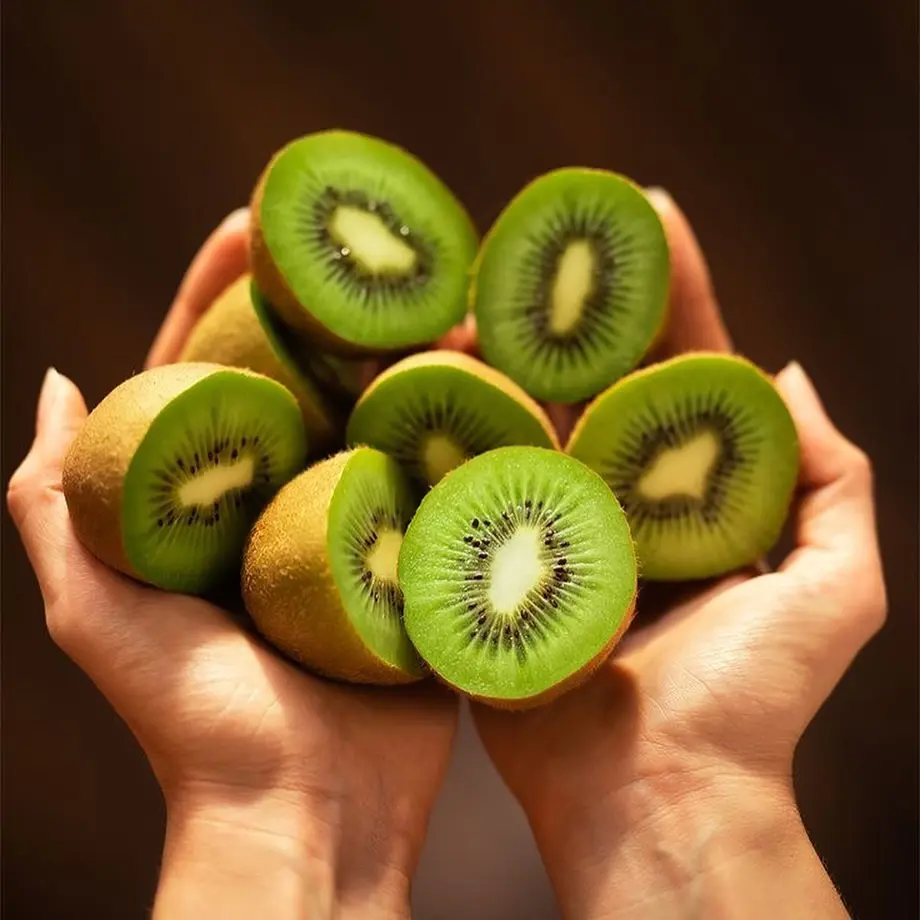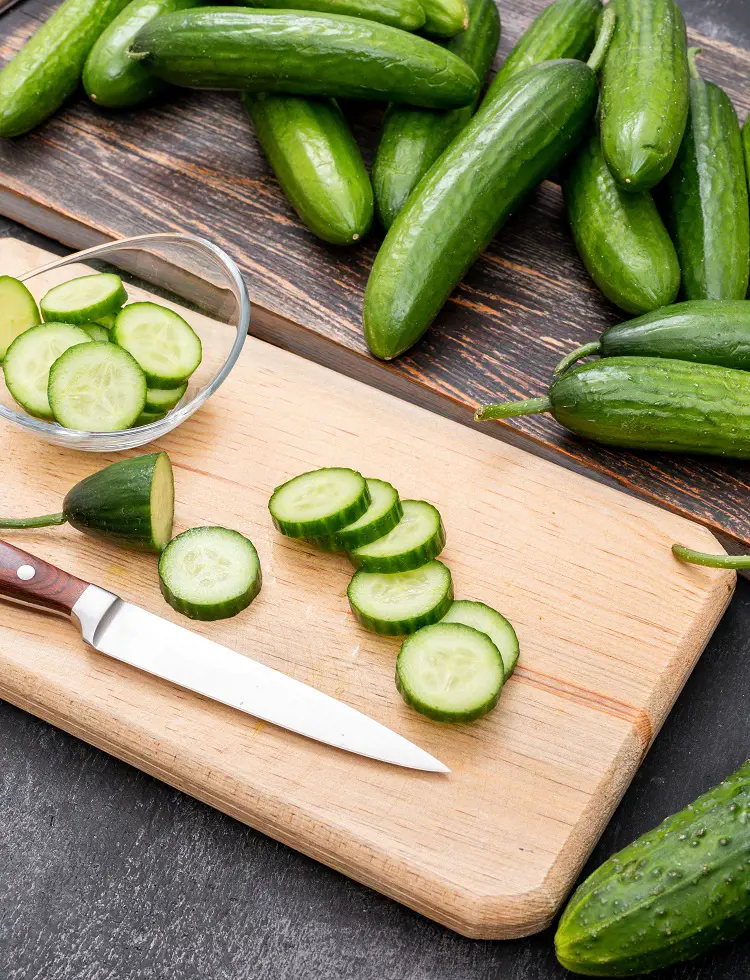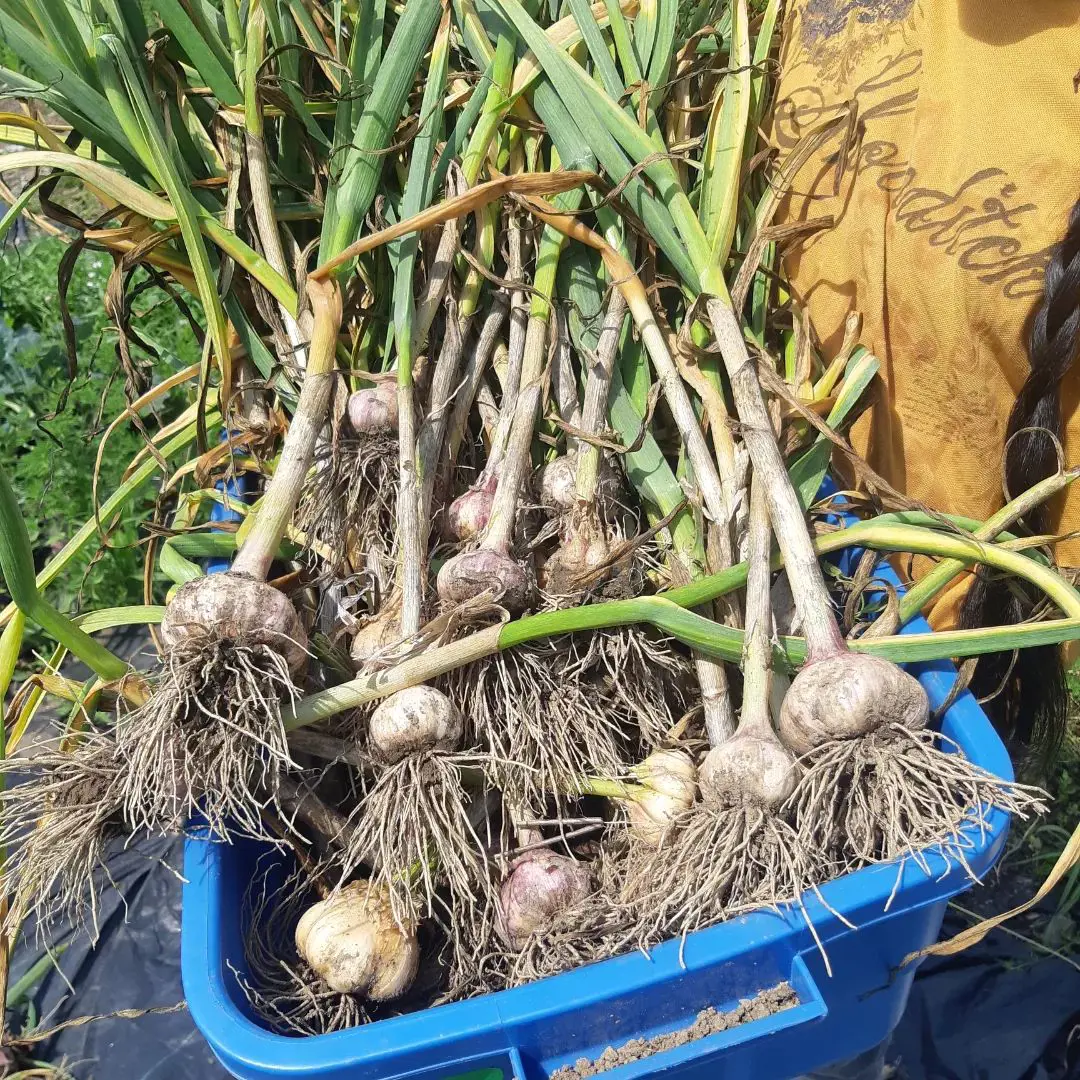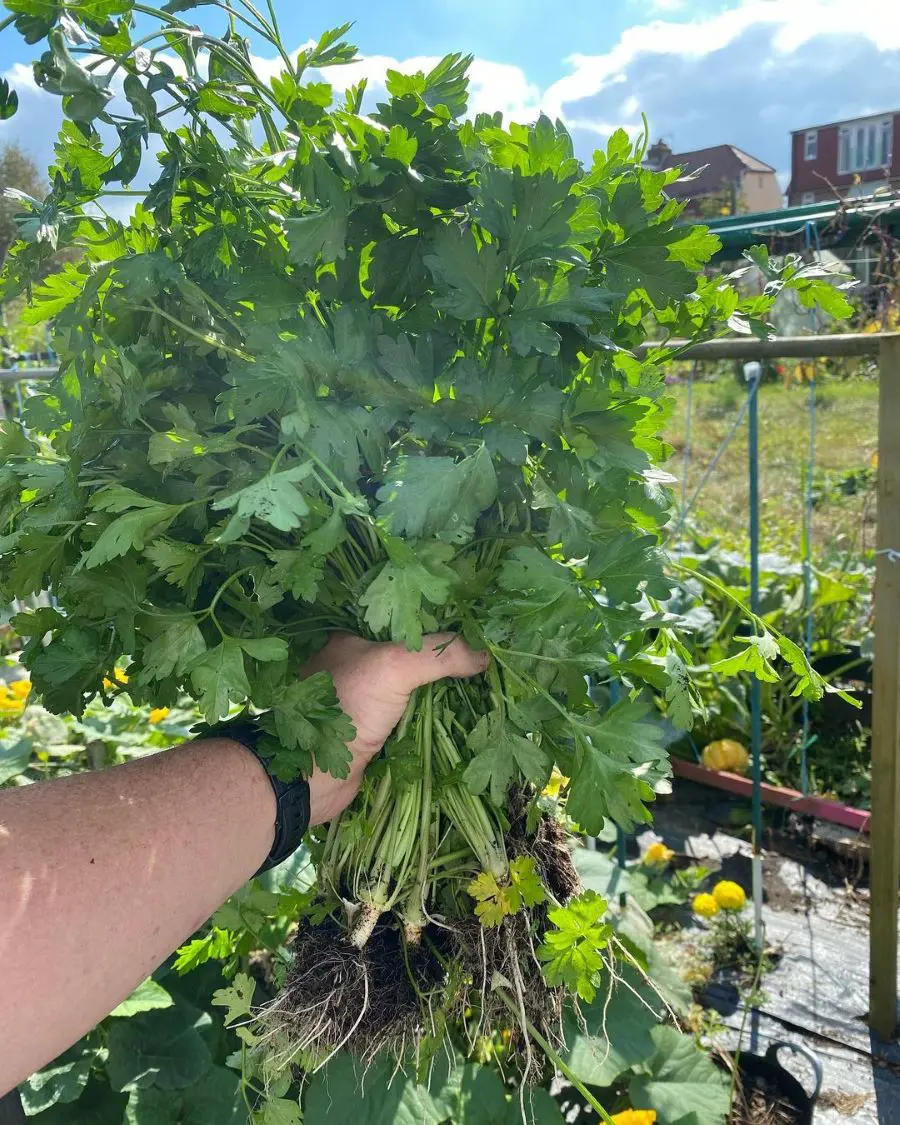Preserving a rose is like capturing a fleeting moment of beauty and freezing it in time, allowing its elegance to endure indefinitely. Whether it's a token of affection, a memento of a special occasion, or simply a cherished bloom from your garden, the desire to preserve roses is timeless.
In this comprehensive guide, we look at the art and science of preserving roses so they last forever. From traditional methods passed down through generations to innovative techniques leveraging modern technology, we explore different approaches to ensure your roses remain vibrant and pristine for years.
Methods Of Preserving Roses
Preserving roses to maintain their beauty indefinitely involves several methods, each with its advantages and limitations. Here’s a detailed exploration of eight common methods for preserving roses:
1. Air Drying
Description: Air drying is a traditional method that involves drying roses naturally in the open air.
Steps:
- Selecting Roses: Choose roses that are freshly cut, ideally in the morning when their moisture content is highest.
- Bundling: Tie the rose stems together with a string or rubber band in small bunches of 3-5 roses.
- Hanging Upside Down: Hang the bundles upside down in a dry, dark, and well-ventilated area. Ensure there is enough space between each bundle to allow for air circulation.
- Drying Time: Roses typically take 1-2 weeks to dry completely, depending on humidity levels.
Pros:
- Simple and inexpensive method.
- Maintains the natural shape and color of roses.
- Minimal equipment is required.
Cons:
- Can take up to several weeks for roses to dry completely.
- Roses may become brittle over time.
- Susceptible to dust and potential damage if not handled carefully.
2. Silica Gel
Description: Silica gel is a desiccant that absorbs moisture quickly, making it ideal for preserving flowers like roses.
Steps:
- Prepare Container: Use an airtight container that is large enough to accommodate the roses without crowding.
- Layer Silica Gel: Pour a layer of silica gel into the bottom of the container, about 1-2 inches deep.
- Position Roses: Trim the rose stems and place them upright in the silica gel, ensuring they are spaced apart.
- Cover with Silica Gel: Gently pour more silica gel around and over the roses until they are completely covered.
- Seal Container: Close the lid tightly and store the container in a cool, dry place for 3-7 days, depending on the size and moisture content of the roses.
- Remove Roses: Carefully uncover the roses and gently brush off excess silica gel with a soft brush or blow dryer set on cool.
Pros:
- Preserves the shape and color of roses effectively.
- Relatively fast drying process compared to air drying.
- Reusable silica gel can be rejuvenated by heating in an oven.
Cons:
- Requires purchasing silica gel, which can be expensive.
- Handling silica gel requires care to avoid inhaling or getting it in the eyes.
- Not suitable for roses with very thick petals or large blooms.
3. Pressing

Description: Pressing roses involves flattening them between absorbent materials to create a dried, two-dimensional appearance.
Steps:
- Prepare Absorbent Material: Place a layer of absorbent material, such as blotting paper or parchment paper, on a flat surface.
- Position Roses: Arrange the roses face down on the absorbent material, ensuring they are not overlapping.
- Add More Layers: Place another layer of absorbent material on top of the roses.
- Apply Weight: Place heavy books or other weights evenly on top to press the roses flat.
- Drying Time: Leave the roses pressed for 2-4 weeks until they are completely dry.
Pros:
- Creates a flat, decorative appearance suitable for framing.
- Inexpensive method using readily available materials.
- Preserves the color of the roses reasonably well.
Cons:
- Results in flattened, two-dimensional roses.
- Delicate process; roses can be easily damaged during pressing.
- Requires patience due to the extended drying time.
4. Freeze Drying
Description: Freeze drying involves removing moisture from roses while maintaining their shape and color through sublimation.
Steps:
- Professional Service: Seek out a professional freeze-drying service equipped with specialized equipment.
- Process: The roses are frozen to a very low temperature and then placed in a vacuum chamber. In this chamber, the moisture in the roses sublimates, turning directly from ice to vapor without passing through a liquid phase.
- Result: The end product is a beautifully preserved rose that looks fresh and retains its natural color and shape.
Pros:
- Preserve roses with minimal shrinkage or distortion.
- Maintains natural colors and textures exceptionally well.
- Long-lasting preservation if done professionally.
Cons:
- Expensive method due to the specialized equipment and expertise required.
- Not suitable for DIY at home; requires professional services.
- The availability of professional freeze-drying services may be limited.
5. Glycerin
Description: Glycerin preservation involves replacing the water in roses with glycerin, which maintains their flexibility and color.
Steps:
- Prepare Solution: Mix one part glycerin with two parts boiling water.
- Trim Stems: Cut the rose stems at an angle and split the ends vertically about 1 inch up.
- Submerge Roses: Place the roses in the glycerin solution in a container. Ensure the solution covers at least 2-3 inches of the stems.
- Waiting Period: Leave the roses in the solution for 2-6 weeks, depending on their size and thickness.
- Monitor Progress: As the roses absorb the glycerin solution, their petals will gradually change color.
Pros:
- Maintains the flexibility and natural appearance of roses.
- Preserves natural color and texture well.
- DIY method that can be done at home.
Cons:
- Takes several weeks for the roses to fully absorb the glycerin solution.
- Glycerin solution can be messy and sticky to work with.
- Results may vary; roses may darken slightly compared to fresh roses.
6. Wax Coating
Description: Wax coating involves dipping roses in melted wax to preserve their shape and color.
Steps:
- Melt Wax: Melt paraffin wax or a mixture of beeswax and paraffin in a double boiler until it reaches a liquid state.
- Prepare Roses: Trim the rose stems and remove excess foliage.
- Dip Roses: Carefully dip each rose head into the melted wax, ensuring all surfaces are coated.
- Remove Excess Wax: Hold the rose over the pot briefly to allow excess wax to drip off.
- Dry and Harden: Hang the roses upside down or place them on a wire rack to dry and harden completely.
Pros:
- Creates a protective layer that preserves roses for a long time.
- Provides a glossy, decorative finish.
- DIY method that can be customized with colored wax.
Cons:
- Requires caution when working with hot wax to avoid burns.
- Roses may lose some natural fragrance.
- This results in a glossy finish, which may not appeal to everyone.
7. Resin Embedding
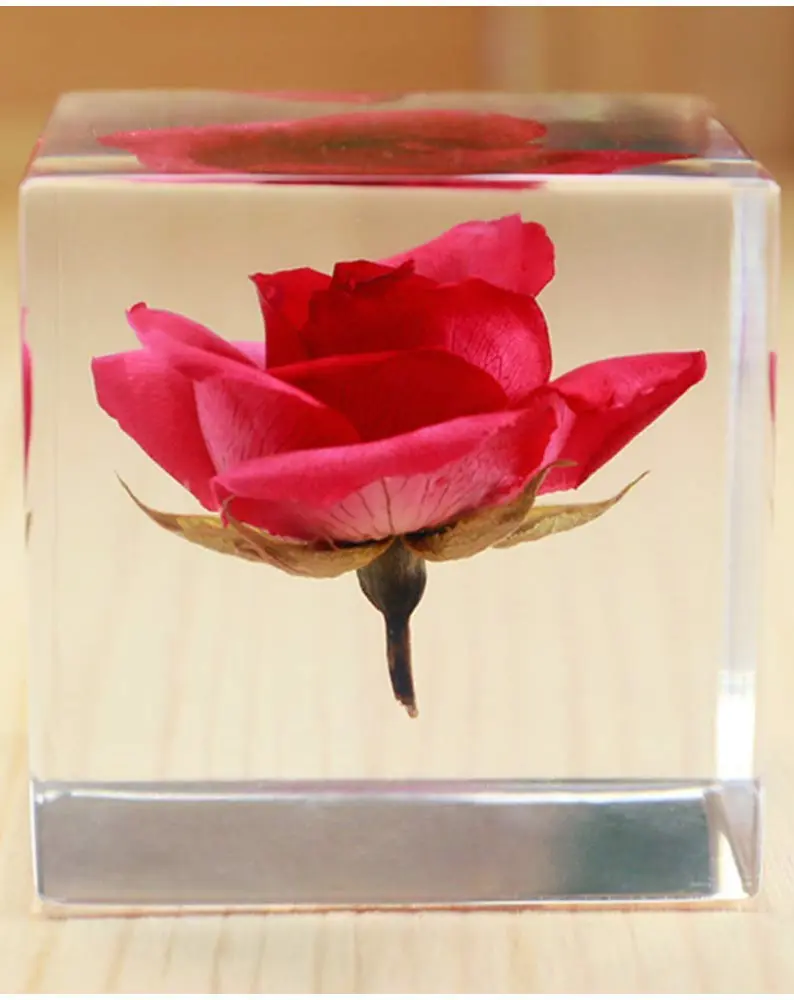
Description: Resin embedding involves encasing roses in resin to preserve them as decorative pieces.
Steps:
- Prepare Mold: Choose a silicone mold or container that is slightly larger than the rose.
- Mix Resin: Mix epoxy resin according to the manufacturer's instructions, ensuring it is thoroughly combined.
- Pour Resin: Pour a small amount of resin into the mold to create a base layer.
- Position Rose: Place the rose in the mold, ensuring it is centered and upright.
- Pour Resin Around Rose: Carefully pour more resin around the rose, covering it completely.
- Curing Time: Allow the resin to cure and harden according to the manufacturer's recommended curing time.
Pros:
- Preserve roses in a clear, durable resin.
- Creates a beautiful, decorative piece that can be displayed.
- Long-lasting preservation if done properly.
Cons:
- Requires careful handling to avoid air bubbles in the resin.
- Expensive method due to the cost of resin and molds.
- DIY method that requires skill and patience to achieve professional-looking results.
Things To Considered While Preserving Rose For Long Periods
Preserving roses for long periods requires careful consideration of several factors to ensure optimal results. Here are some key things to consider:
1. Rose Selection:
Choose roses that are in peak condition with vibrant colors and firm petals. Avoid wilted or damaged blooms, as they may not preserve well.
2. Timing:
Harvest roses at the right stage of maturity. Ideally, pick them when they are fully open but not yet fully bloomed to ensure the best preservation results.
3. Preparation:
Trim the stems at an angle and remove any excess foliage before preserving the roses. This helps facilitate water absorption and reduces the risk of mold or bacterial growth during the preservation process.
4. Preservation Method:
Consider the preservation method that best suits your preferences and requirements. Whether it's air-drying, pressing, silica gel drying, glycerin preservation, or freeze-drying, each method has its pros and cons, so choose wisely based on your desired outcome and available resources.
5. Environmental Conditions:
Ensure that the preservation process takes place in a controlled environment with adequate ventilation and moderate humidity levels. Extreme temperatures or humidity can affect the quality of the preserved roses.
6. Quality of Materials:

Use high-quality preservation materials such as silica gel, glycerin, or freeze-drying equipment to achieve the best results. Inferior materials may compromise the preservation process and result in subpar outcomes.
7. Storage:
Proper storage is essential for maintaining the longevity of preserved roses. Store them in a cool, dry place away from direct sunlight to prevent fading or discoloration over time. Use airtight containers or display cases to protect the preserved roses from dust and moisture.
8. Maintenance:
Regular maintenance is key to preserving the beauty of roses for long periods. Check preserved roses periodically for any signs of deterioration or pests, and take appropriate measures to address any issues promptly.
9. Handling:
Handle preserved roses with care to avoid damage to delicate petals or foliage. Use soft brushes or gentle air streams to remove excess preservation materials or dust, and avoid touching the petals with bare hands to prevent oil transfer.
10. Display:
Consider how you plan to display the preserved roses and choose a display method that complements their beauty. Whether it's framing, crafting, or incorporating them into home décor, showcase the preserved roses in a way that highlights their timeless elegance and sentimental value.
Considering these factors and taking appropriate precautions, you can successfully preserve roses for long periods and enjoy their beauty for years to come.
FAQs
How long can preserved roses last?
Preserved roses can last for years or even indefinitely if properly preserved and maintained. The longevity of preserved roses depends on factors such as the preservation method used, environmental conditions, and quality of materials.
Which preservation method is the most effective?
The most effective preservation method depends on personal preference, desired outcome, and available resources. Air-drying, pressing, silica gel drying, glycerin preservation, and freeze-drying are all viable methods, each with its own advantages and limitations.
Will preserved roses retain their color and fragrance?
Preserved roses can retain their color and fragrance to varying degrees depending on the preservation method used. Freeze-drying tends to preserve color and fragrance most effectively, while other methods may result in slight color fading or loss of fragrance over time.
Can I preserve roses from my garden?
Yes, you can preserve roses from your garden using various preservation methods. It's important to select roses that are in peak condition and harvest them at the right stage of maturity for optimal preservation results.
How do I store preserved roses to maintain their longevity?
To maintain the longevity of preserved roses, store them in a cool, dry place away from direct sunlight and moisture. Use airtight containers or display cases to protect the preserved roses from dust and humidity, and handle them with care to avoid damage.
Are there any special considerations for preserving roses for special occasions like weddings or anniversaries?
When preserving roses for special occasions, consider factors such as color coordination, display options, and transportation logistics. Plan ahead and choose a preservation method that aligns with the theme and aesthetic of the event, and ensure that the preserved roses are properly stored and handled to maintain their pristine condition until the occasion.

